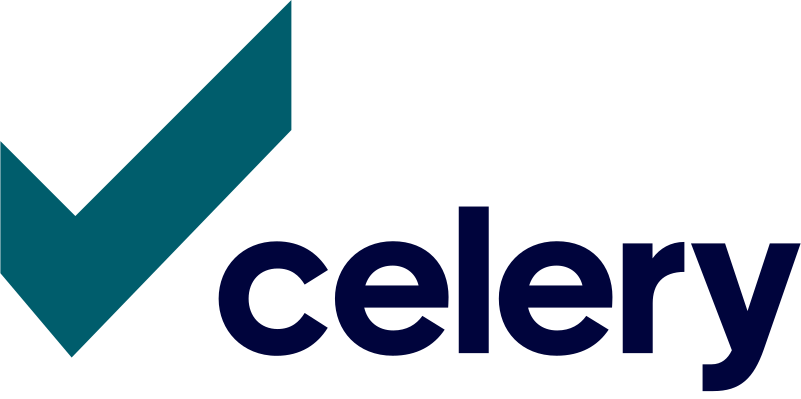Beyond FHIR: Why True Healthcare Interoperability Needs AI
It’s time to flip the script on interoperability—specifically, how to achieve it. For years, there’s been a push for a FHIR-only standard for interoperability. It’s based on the idea that if organizations are going to seamlessly send, receive, find, and integrate information, they need a common standard for communication. This movement marked an important step ... Read More


It’s time to flip the script on interoperability—specifically, how to achieve it.
For years, there’s been a push for a FHIR-only standard for interoperability. It’s based on the idea that if organizations are going to seamlessly send, receive, find, and integrate information, they need a common standard for communication.
This movement marked an important step forward for the healthcare industry, and on the surface, it seems like a viable path forward. The problem: Some organizations—typically small facilities—can’t afford the technologies that would make conforming to such a standard possible.
That’s why true interoperability must incorporate a multi-channel mindset. In an era of fast advancement spurred by artificial intelligence (AI), it’s not impossible to imagine a world where AI software alone could bridge gaps in communication between disparate systems for a multi-channel approach.
Putting the Burden of Interoperability on AI
So often when federal decision makers think about interoperability, they view the burden of interoperability as being in the hands of the communicating parties. It’s a point of view that envisions one path to interoperability: adoption of FHIR-compatible systems at each point along the continuum of care. But FHIR is complicated. It requires technically advanced solutions and the financial capacity to invest in those solutions.
So why do we expect healthcare’s “digital have nots”—organizations that didn’t qualify for Meaningful Use incentives to fund EHR implementation, like post-acute care facilities, birthing centers, substance use disorder clinics and some behavioral health facilities—to carry the burden of technology implementation? Why do they now need to comply with the highest technological standards?
It’s an important consideration as healthcare leaders begin to ask, “Whose responsibility is it, anyway? And who should pick up the bill?”
Some large, well-resourced systems are responding by helping to level the information-sharing playing field, investing in technology for smaller organizations that improves the potential for seamless information exchange. We’re also seeing instances where health systems are working with community-based organizations to strengthen data sharing around health-related social needs, which a Mathematica study found “enabled some clinicians to adjust care” for Medicare and Medicaid patients. But there’s another way to lift the burden of interoperability from end users, and it involves shifting that burden to AI.
For example, machine learning (ML) and natural language processing (NLP) can be applied to unstructured data messages—including scanned PDFs, images and handwritten text—to intelligently extract the information clinicians need. From there, the data can be applied to structured data fields in the EHR, where it can be viewed directly within clinicians’ workflows.
By using AI to “translate” the information sent via practical technologies that most small facilities already own, like digital fax, healthcare organizations can ensure interoperable information exchange incorporates all stakeholders, regardless of an industry standard. This approach establishes a more equitable path for structuring communications at a time when FHIR remains the gold standard for interoperability.
Ultimately, the healthcare industry will go farther with a FHIR-friendly go-between. It’s a solution that makes more sense than dictating how healthcare organizations must meet communication standards for interoperability.
Leveling the Data-Sharing Playing Field
The same thing needs to happen in healthcare. To achieve true interoperability in healthcare, large software vendors and providers must collaborate to develop and implement solutions that support all participants, including those with limited resources. Instead of dictating requirements, let’s focus on providing the technology and support needed to ensure equitable access to health information.
AI can help us advance beyond the enforcement of just one standard. The tools needed to support interoperability and, ultimately, equitable information exchange exist now, in forms such as AI and more specifically, ML and NLP. Just as important: They can be applied to the technologies most smaller organizations already possess, such as digital fax. It’s one reason why policymakers should keep the needs of multiple stakeholders in mind when recommending ways to advance interoperable data exchange.
By flipping the script on discussions around how to achieve interoperability, where all healthcare players have the ability to send, receive, find and integrate information, leaders can more effectively support healthcare’s digital have-nots in making the transition in ways that are both affordable and sustainable. Ultimately, this will deepen the impact of interoperability for all.
About Johnny Hecker
Johnny is the executive vice president, operations and chief revenue officer at Consensus Cloud Solutions. He currently oversees the go-to-market and commercial operations for Consensus, including sales, marketing, e-commerce, sales operations and customer care. Prior to joining Consensus, he held a strategic role at Google Cloud, where he successfully operationalized GTM and drove exponential growth on both regional and global scales for the EMEA-North and Central Europe regions.

















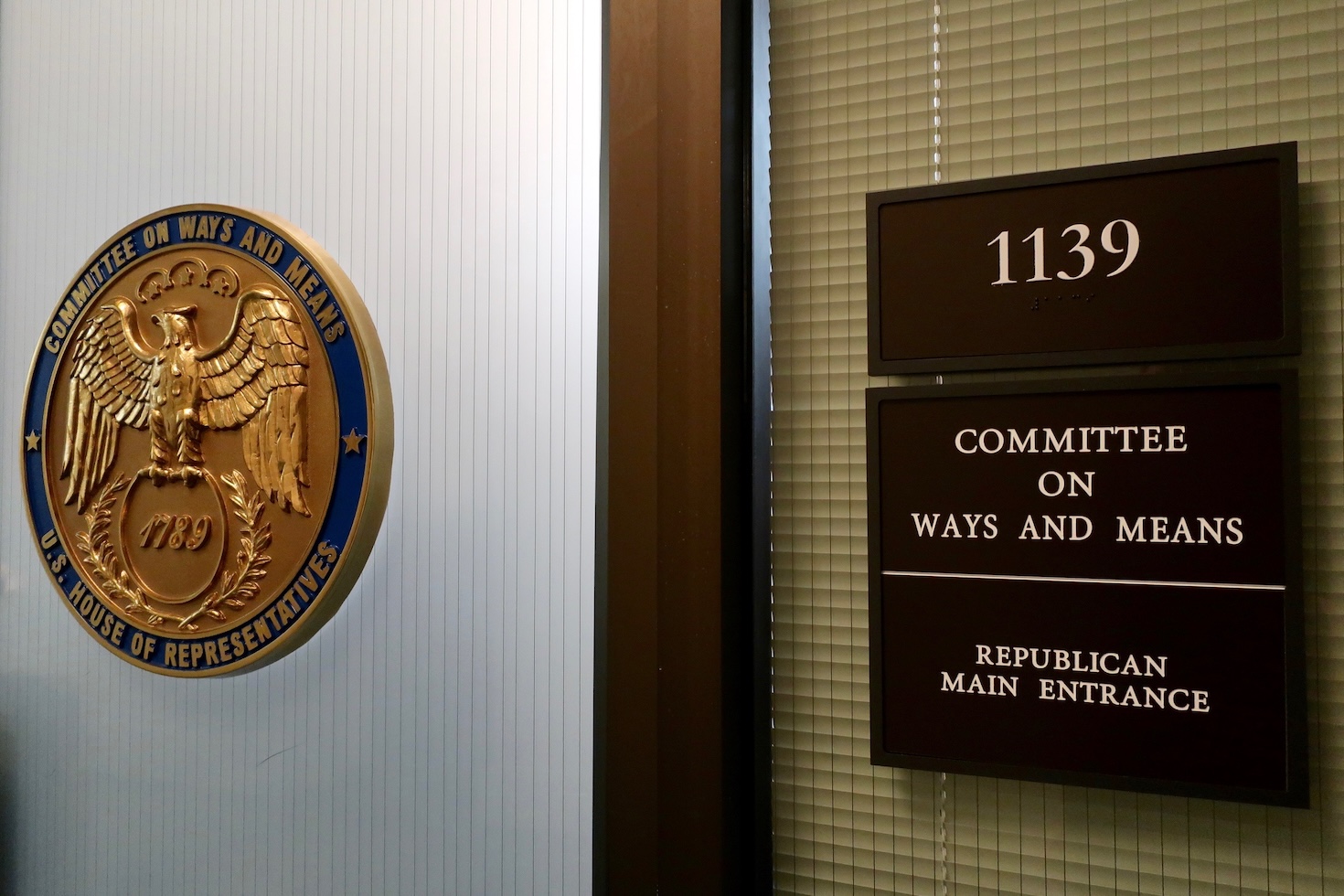


























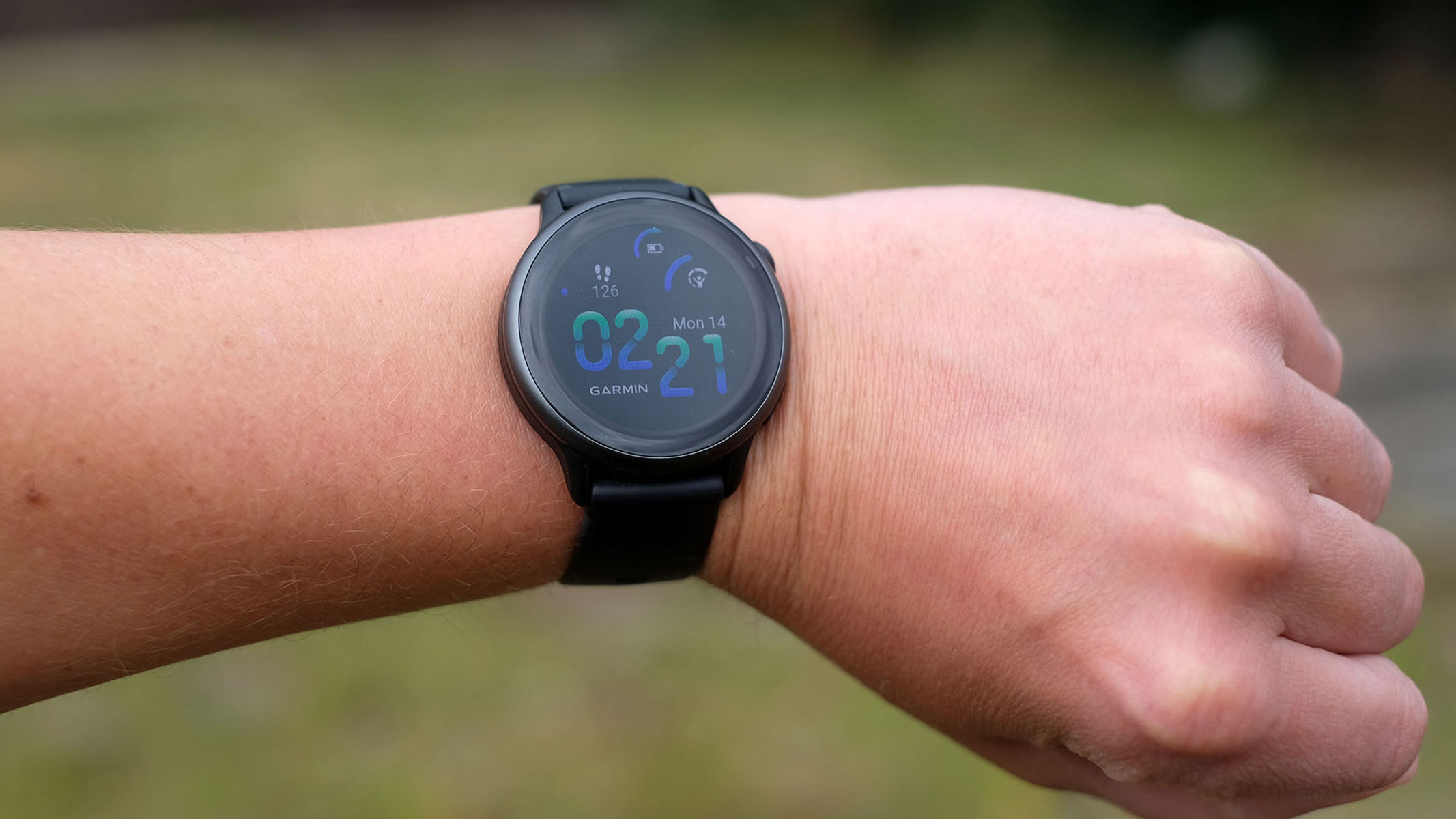








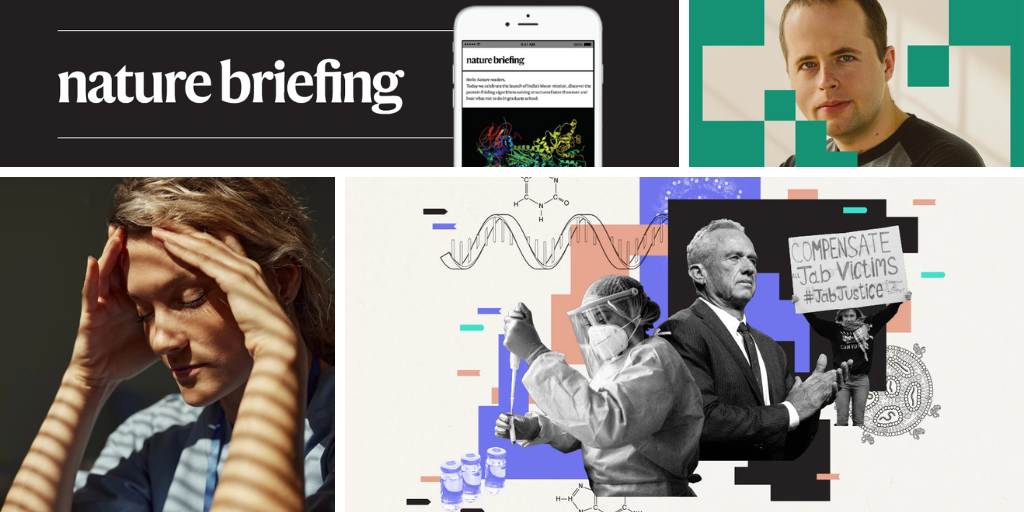









































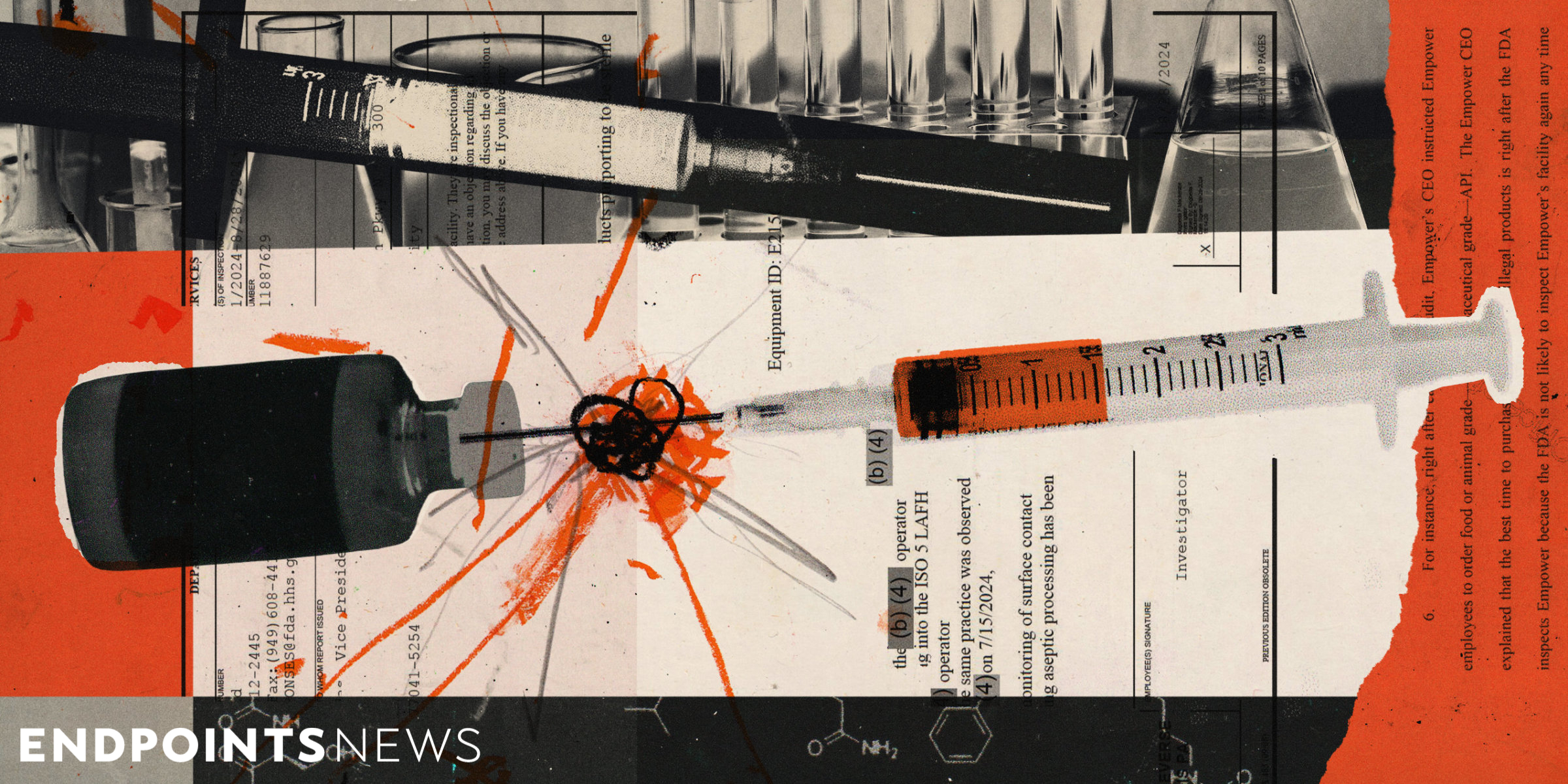











.jpeg?#)































